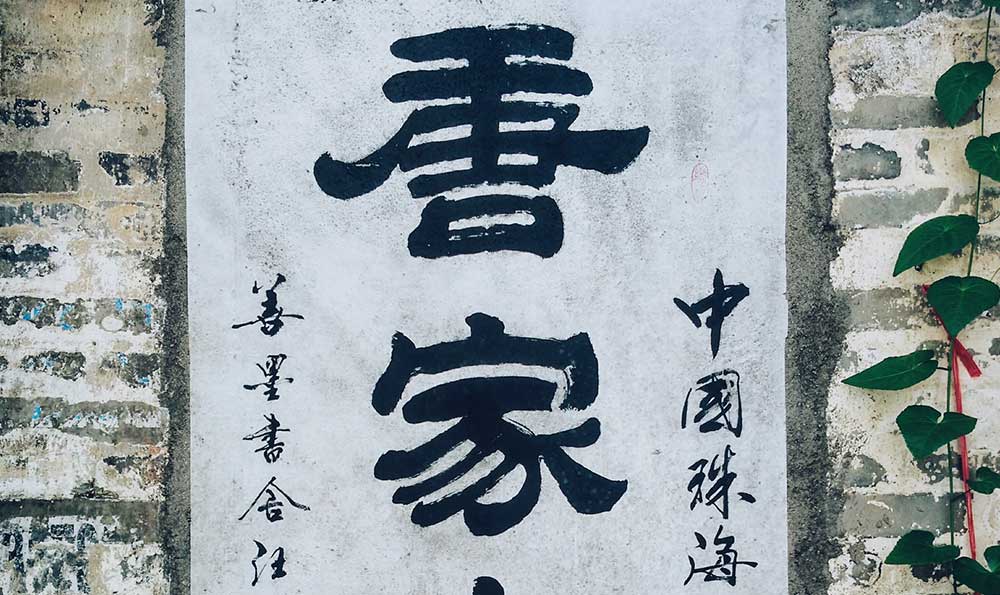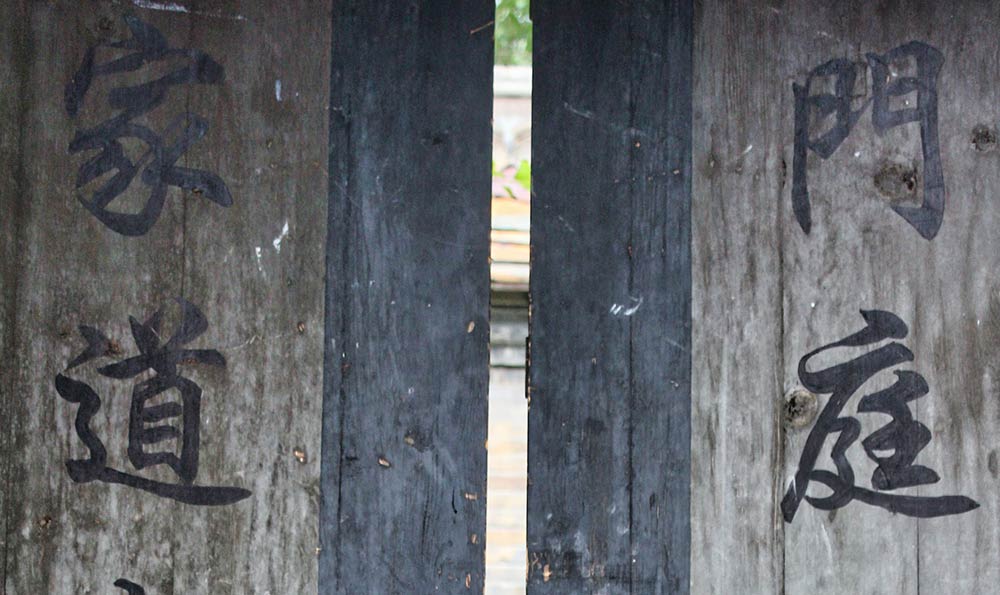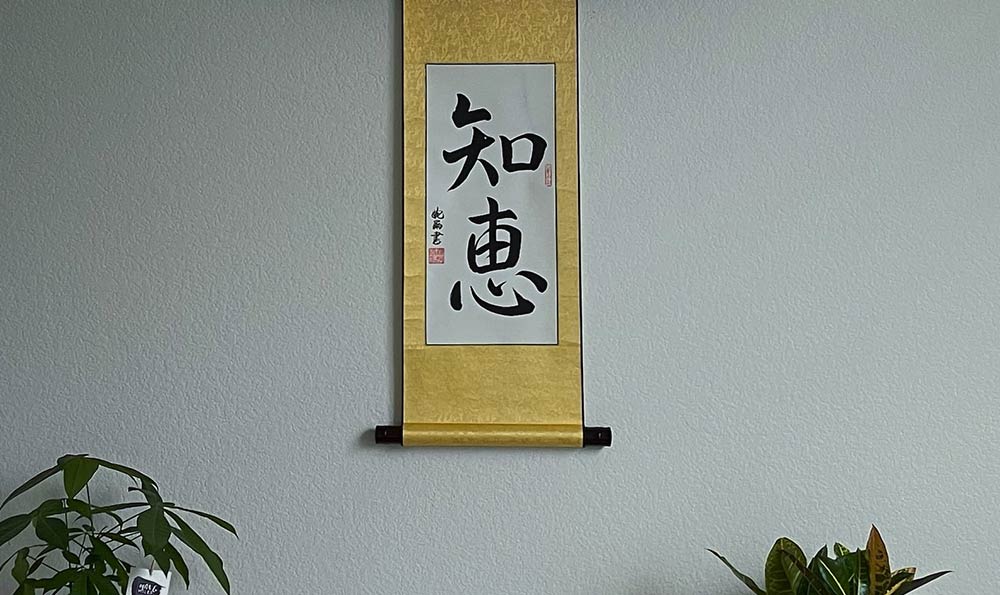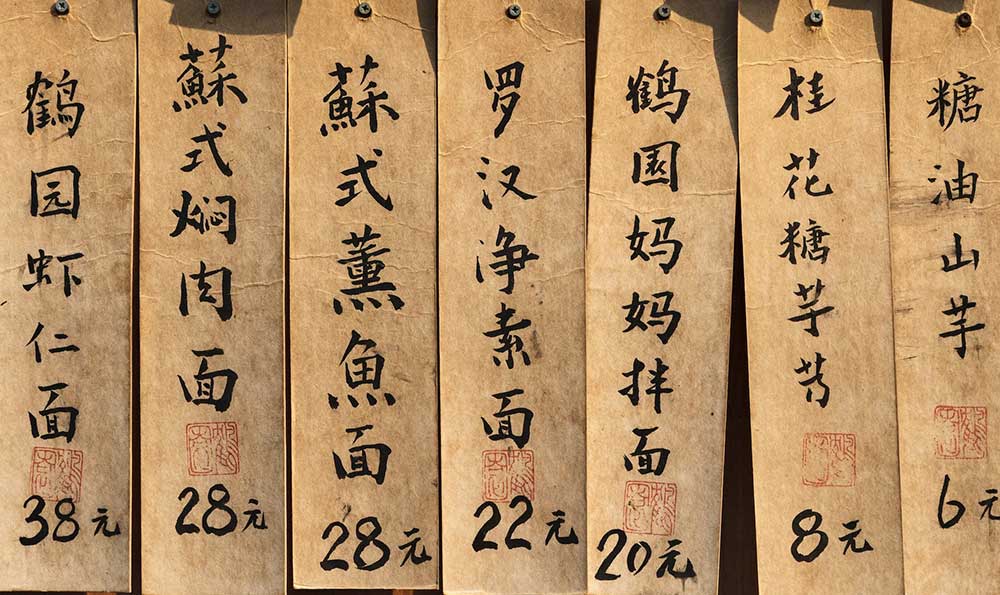工笔画扇面是中国传统绘画中的一种独特形式,它以精细描绘和细腻色彩而著称。它不仅仅是一种艺术形式,更是一种传承和表达文化的方式。下面我们就一起来探讨一下工笔画扇面的完整之处。

一、工笔画扇面的细腻之处
工笔画扇面以其精细描绘和细腻色彩而闻名。它通过使用细小的笔触和细腻的颜料,将扇面上的图案细致地表达出来,使之栩栩如生。就像是一位技艺纯熟的面点师傅,将每一颗糖粒和每一滴糖浆都精心放置在蛋糕上,使之美观而诱人。工笔画扇面以其细腻之处吸引了无数的艺术爱好者。
二、工笔画扇面的生动之处
工笔画扇面在细腻之外,更注重表现对象的生动形象。它不仅仅是在纸上绘制出一幅平面的图案,更是通过丰富的细节和生动的表情,使图案中的人物、花鸟或景物栩栩如生,仿佛可以跳动着走出纸面。就像是一位才华横溢的表演者,将自己完全融入角色之中,在舞台上演绎出栩栩如生的故事。工笔画扇面的生动之处让人们仿佛置身于绘画中,感受到了艺术的魅力。
三、工笔画扇面的文化之处
工笔画扇面不仅仅是艺术形式,更是中国文化的传承和表达。它在描绘图案的还通过题词、题款和印章等手法,表达了作者对于文化和传统的敬意和热爱。就像是一位倾情演绎经典曲目的音乐家,通过音符和乐器演奏出了一曲曲动人心弦的音乐,让人们感受到了音乐所蕴含的深刻内涵。工笔画扇面的文化之处,让人们通过艺术作品了解和感受到了中国的历史和文化。
工笔画扇面完整之处在于它的细腻、生动和文化。通过精细描绘和细腻色彩,工笔画扇面展现了绘画的精髓;通过生动的表现方式,工笔画扇面让作品中的人物、花鸟或景物栩栩如生;通过文化的传承和表达,工笔画扇面传递了中国的历史与文化。工笔画扇面无疑是一种完整的艺术形式,它以其独特的魅力吸引着人们的目光,成为了中华传统文化中不可或缺的一部分。
李晓明扇面工笔画荷花
Li Xiaoming is a renowned artist known for his expertise in the field of fan painting. He specializes in the meticulous style of painting known as "gongbi" and has gained recognition for his stunning portrayals of lotus flowers. His ability to capture intricate details and bring the delicate beauty of lotus flowers to life has made him a respected figure in the industry.

Li Xiaoming's paintings of lotus flowers showcase his mastery of the gongbi technique. The gongbi style is known for its precise brushwork and attention to detail, making it perfect for capturing the intricate textures and layers of the lotus flower. With meticulous strokes, Li Xiaoming expertly depicts the delicate petals, the stamen, and even the subtle shading of the leaves. This level of precision requires immense skill and patience, and Li Xiaoming's dedication to his craft is evident in every stroke of his brush.
In his paintings, Li Xiaoming often chooses to depict lotus flowers in various stages of blooming. From tightly closed buds to fully blossomed flowers, he captures the essence of the lotus's journey through its different growth stages. This not only showcases his technical ability but also conveys a deeper meaning - the beauty that can be found in every stage of life. Through his art, Li Xiaoming encourages viewers to appreciate the beauty in every moment, just as the lotus flower does.
One of Li Xiaoming's notable works is a fan painting titled "Lotus Serenity". In this piece, he skillfully combines the gongbi technique with the fan's unique shape to create a stunning visual effect. The lotus flowers are painted in a circular arrangement, with each petal delicately rendered to give a sense of depth and dimension. The fan's shape further enhances the graceful flow of the painting, allowing viewers to experience a sense of tranquillity and harmony.
Li Xiaoming's dedication to his craft extends beyond his technical skills. He has also spent years studying the symbolism and cultural significance of lotus flowers. In Chinese culture, lotus flowers symbolize purity, enlightenment, and resilience. Through his paintings, Li Xiaoming aims to convey these qualities and evoke a sense of serenity in the viewer. His deep understanding of the subject matter adds depth and meaning to his artwork, making it more than just a visually appealing piece, but also a reflection of cultural values and beliefs.
Li Xiaoming's fan paintings have gained recognition both locally and internationally. His works have been exhibited in galleries and art museums around the world, garnering praise for their beauty and intricacy. Collectors and art enthusiasts alike eagerly seek out his pieces, recognizing the value and craftsmanship behind each stroke of his brush.
In conclusion, Li Xiaoming's fan paintings of lotus flowers are a testament to his skill, dedication, and deep understanding of both the gongbi technique and the cultural significance of the lotus. Through his precise brushwork and attention to detail, he brings the beauty of lotus flowers to life, capturing their essence and inviting viewers to appreciate the beauty in every stage of life. Li Xiaoming's contribution to the art industry is undeniable, and his work will continue to inspire and captivate audiences for years to come.
团扇扇面工笔画图片大全
一、团扇扇面工笔画的概述
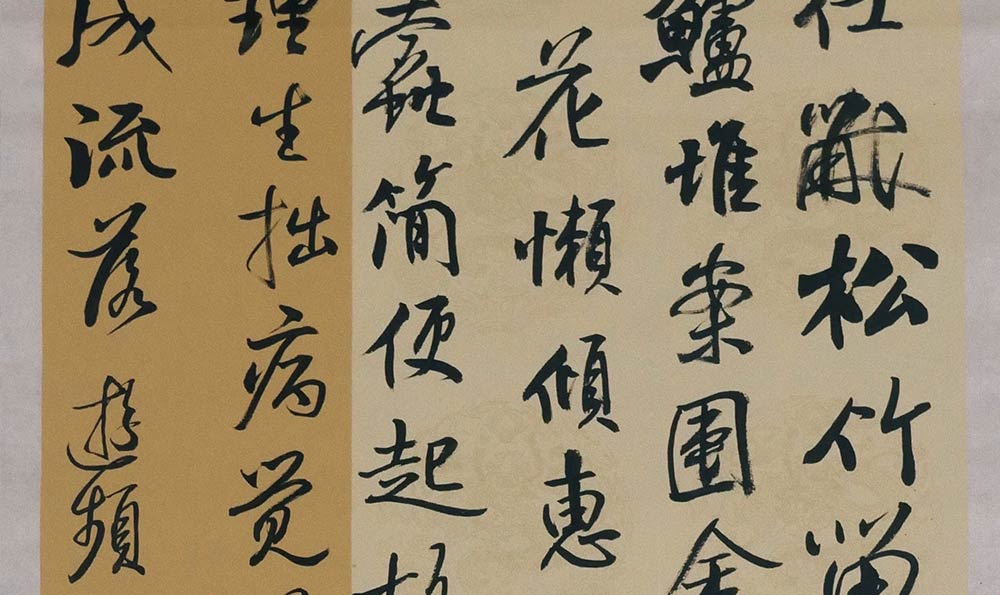
团扇扇面工笔画是一种传统的绘画形式,以扇面为媒介,通过工笔绘画技法展现出精美的图案和形象。团扇扇面工笔画多以花鸟、山水等传统题材为主,形式丰富多样,图案细腻而精巧。这种艺术形式在中国历史上有着悠久的传统,并于明代达到了巅峰。团扇扇面工笔画已成为我国非物质文化遗产的重要组成部分,深受人们的喜爱和收藏。
二、团扇扇面工笔画的特点与技法
团扇扇面工笔画的特点是色彩鲜艳、形象逼真、线条流畅。其绘画技法注重用笔细腻,画面明暗层次分明,色彩运用丰富多样。在绘画过程中,画家往往采用绘画工具如马毛笔、硬毛笔等,通过透明颜料的堆砌和叠加,以达到表现细节和层次感的效果。团扇扇面工笔画还注重意境的营造,追求画面的和谐与自然。
三、团扇扇面工笔画的发展历程
团扇扇面工笔画起源于唐朝,经过了宋元明清等朝代的发展,形成了独特的艺术风格。明代是团扇扇面工笔画发展的黄金时期,徐渭、吴彬、郑燮等名家纷纷涌现,为团扇扇面工笔画的发展做出了杰出贡献。而清代则在画法上更加注重细腻和精巧,形成了浓墨重彩的独特风格。近代以来,团扇扇面工笔画逐渐与时俱进,结合了现代艺术的元素,呈现出更加多样和丰富的形式。
四、团扇扇面工笔画的艺术价值与现实意义
团扇扇面工笔画作为一种传统的艺术形式,具有较高的艺术价值和文化内涵。它展现了我国古代文人士人的审美情趣和智慧,同时也是我国绘画艺术发展历程中的重要一环。团扇扇面工笔画还具有一定的现实意义,它不仅可以作为装饰品供人欣赏和收藏,还可以作为礼品赠送,传递着人们对美好生活的追求和祝福。
五、团扇扇面工笔画的传承与发展
团扇扇面工笔画的传承与发展面临着一些挑战和机遇。为了保护和传承这一非物质文化遗产,我国政府和社会各界采取了一系列措施,如设立专门的机构和基地、举办展览和培训等。艺术家们也在不断探索和创新,将团扇扇面工笔画与现代艺术相结合,使其更加符合当代人的审美需求,并延续其独特魅力。
六、结语
团扇扇面工笔画作为我国非物质文化遗产的一部分,具有丰富的艺术内涵和历史价值。通过对其特点、发展历程、艺术价值、现实意义以及传承与发展的探讨,我们可以更好地了解团扇扇面工笔画所蕴含的文化与艺术之美。相信在不断的传承与创新中,团扇扇面工笔画将继续为人们带来美的享受和思考的空间。




